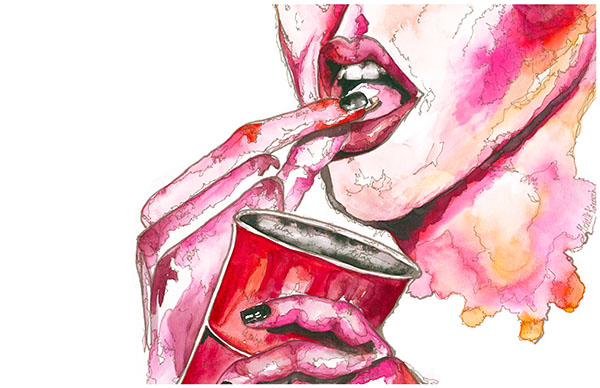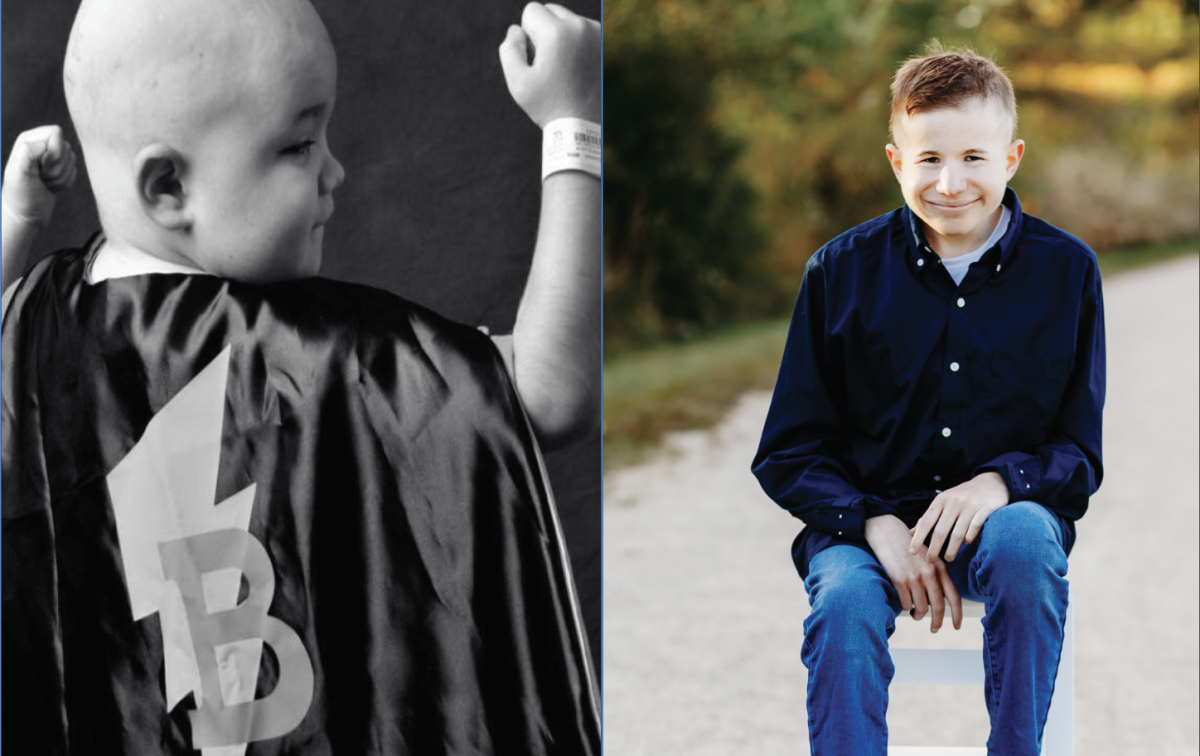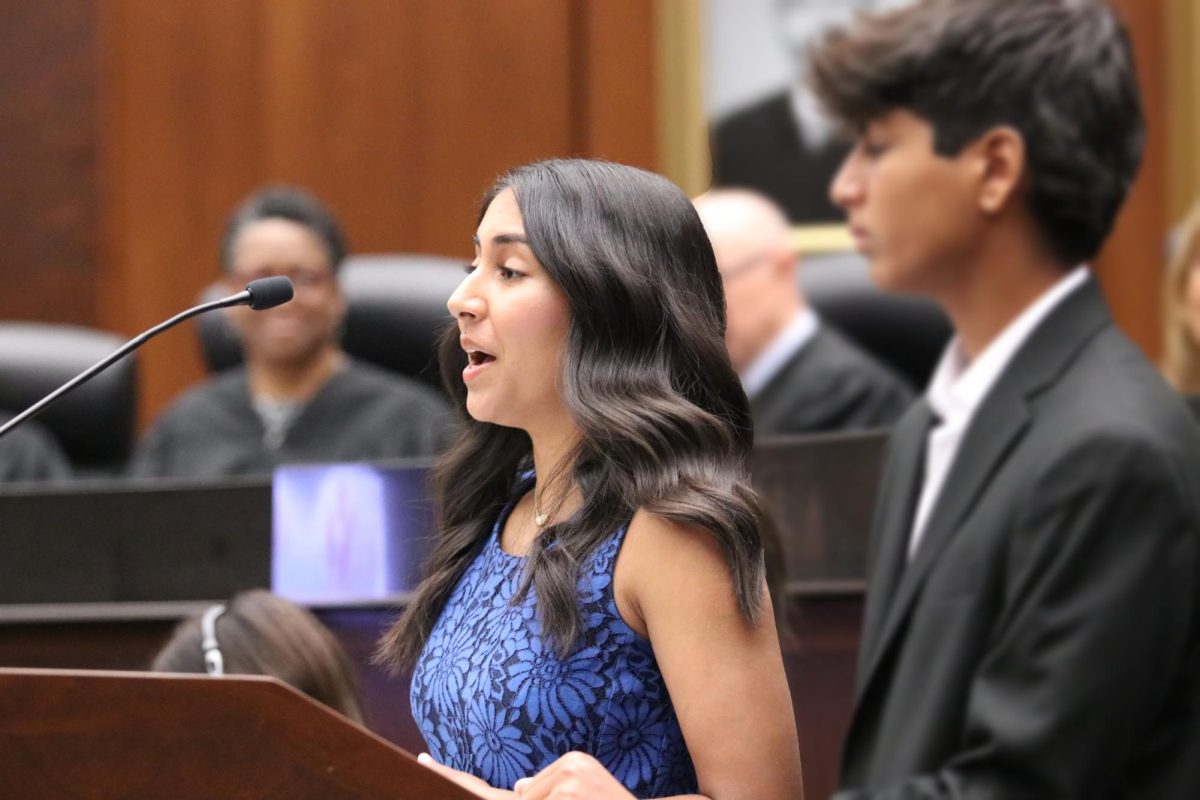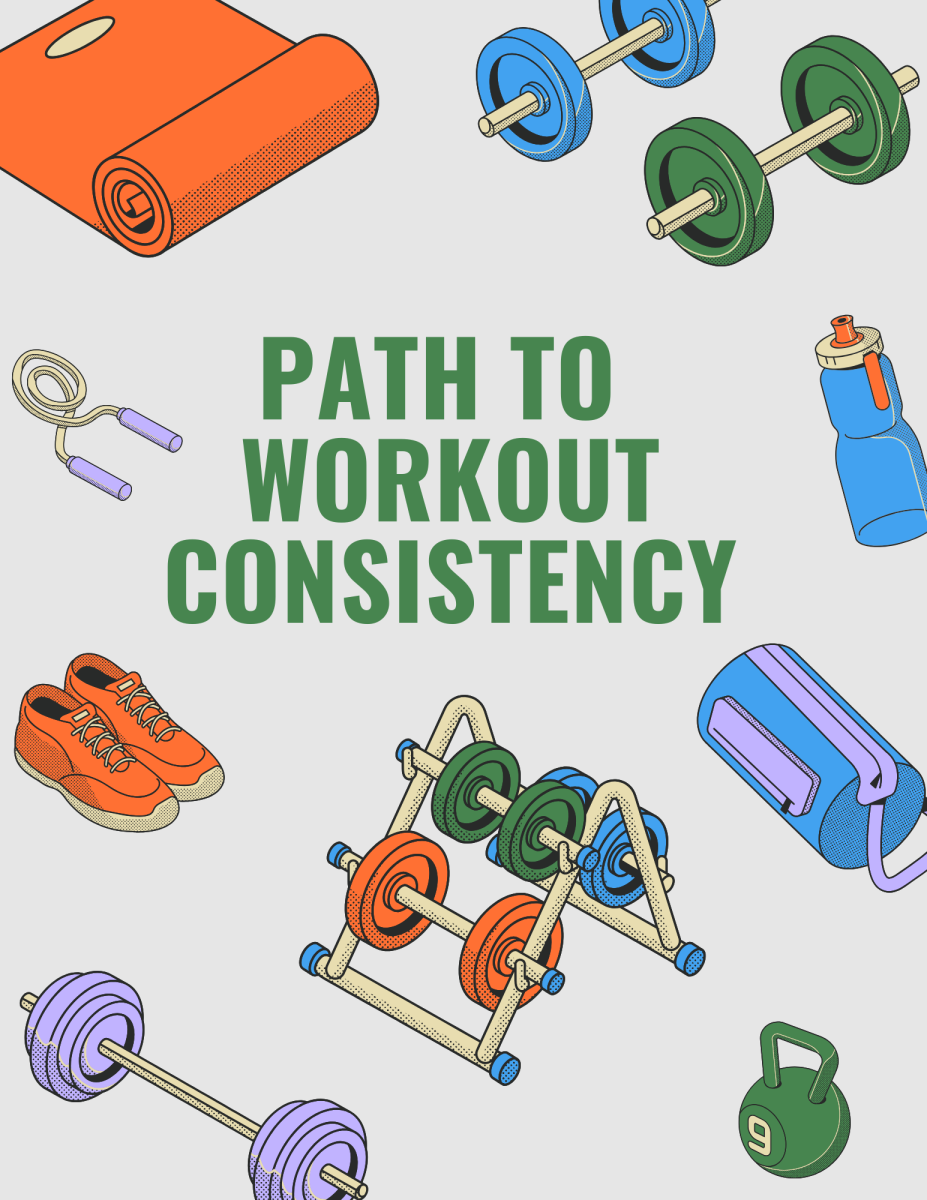After taking four milligrams of unprescribed Xanax, senior Dylan Waters* was completely at ease. His anxiety vanished, and he felt as if he didn’t have a worry in the world. Waters tagged along to a party with some of his friends. He was offered a beer and began drinking without a second thought.
A few more drinks into the night and Waters was completely smashed. He stumbled over his feet and over his words. Although he had not drank much, the Xanax in his system was working together with the alcohol to depress his central nervous system. His reaction time slowed, and his thoughts became sluggish.
He eventually made it home and blacked out, unable to move from his bed.
“I woke up about twelve hours later and had no recollection of the night,” Waters said.
Waters is not the only student who has participated in the recreational use of Xanax, a prescription drug that typically treats anxiety and panic disorders by depressing one’s central nervous system. In a non-scientific Oracle-conducted survey of 182 students, 72 percent said that they have either taken unprescribed Xanax themselves, or know someone who has.
Side effects of Xanax can include drowsiness, chest pains, depressed mood and uncontrollable muscle movements, according to www.drugs.com. Prolonged daily use or abuse can also result in tolerance and physical dependence; withdrawal symptoms are represented by anxiety, sensory distortion, headaches, muscle aches, depression, hypersensitivity to touch and pain and, in some cases, psychosis or epileptic seizures.
“Xanax the new heroin,” Chance the Rapper, an American hip-hop recording artist from Chicago, tweeted earlier this year. Chance was referring to the new and growing popularity of Xanax by comparing it to the drug heroin, which has been widely used since the ‘50s and ‘60s. Many South students agree with Chance in the idea that Xanax is becoming more and more prevalent in today’s society.
Senior Jack Sander*, who has struggled with an addiction to Xanax, is one of these students who has noticed an increase in the amount of people using the drug for recreational purposes.
“A lot of students at South have done Xanax and are not afraid of using it recreationally for a good time,” Sander said. “It’s something that I think is very scary because it is such an addicting drug. I feel like a lot of people are just doing it casually for a new feeling and a good time.”
Sander began using Xanax earlier this year when he and some of his friends decided to experiment with it in a casual setting. Unlike some of his friends, though, Sander immediately became hooked. He loved the relaxing effects that the drug had on him, and he began to take it regularly, he said. Sander had been prescribed daily anti-anxiety mood stabilizers for his anxiety, but Xanax had a much more desired sedating effect on him.
“I’m somebody that is naturally pretty tense and anxious, so Xanax just relieves all of that and allows me to completely relax,” Sander said. “It makes me feel…like I don’t have a worry in the world.”
According to Sander, he began taking Xanax on almost a daily basis. Although it calmed his anxiety, he started to become aware of the drug’s negative effects as he became more dependent on it. He was beginning to forget things to the point where entire weekends would be blurry, he explained.
“[Forgetting while on Xanax] was definitely scary,” Sander said. “It was one of the things that made me realize how much of a problem the extent [of my addiction] was, but at the same time I was willing to sacrifice some of my memory for how it made me feel.”
After realizing that his dependence on Xanax was starting to turn into an addiction, Sander sought out help from his therapist, parents and friends in order to stop his use.
“I know how dangerous it would be for me to go back to it,” Sander said. “Simply that knowledge and the fear I have of going back to it keeps me away, but that doesn’t mean that I don’t crave it; I probably don’t go an entire day without thinking about it, but I’ve been able to fight the cravings.”
Unlike Sander, senior Jane Dean* was prescribed Xanax by her doctor to help with her severe anxiety. According to Dean, Xanax completely relieved her of this anxiety, but she eventually switched off of the drug due to the sedated state that she was constantly in.
Looking back, Dean understands the desire for anxiety relief, but believes that a drug as serious a Xanax needs to be acquired the right way and taken responsibly.
“I think [taking Xanax unprescribed] is a bad idea, although it sounds good to me in a moment when I’m anxious,” Dean said. “I think a lot of people get anxiety from high school and Xanax is a way to relax and get away from your problems for a little bit. But if you are having these thoughts, then you need to be educated enough to go get help from a therapist and be prescribed the correct amount of Xanax or other types of drugs that work the same way.”
According to the same Oracle-conducted survey, 50 percent of students have either taken Xanax for the sole purpose of mixing it with alcohol, or know someone who has.
Xanax works by preventing or suppressing natural brain activity to help users feel relaxed and calm. Alcohol performs a very similar function by depressing central nervous system activity. When combined, the two drugs intensify each other’s effects and can slow, sometimes even stop, the functions of major parts of the body such as the kidneys, liver, brain and heart.
Senior Alexis Jones* tried Xanax for the first time in combination with alcohol in order to enhance her drinking experience.
“I [knew] doing Xanax while drinking gets you really [drunk], so I wanted to try it,” Jones said. “Plus I was having a bad day, and I just wanted to let loose. I blacked out. I [didn’t] remember anything, and when I started remembering, I was very emotional.”
Sander also experimented with mixing Xanax and alcohol before he stopped using the drug.
“It messes you up so much that I couldn’t even really [explain] how it made me feel, because I have basically no memory of it,” Sander said.
Social Worker David Hartman believes anyone who is mixing Xanax with alcohol is taking a huge risk because they have no idea how the two drugs will work in tandem to affect their mind and body.
“For me, [mixing Xanax and alcohol seems] really dangerous, because you are doing something, and you don’t even know what’s going to happen,” Hartman said. “I think you are taking a huge risk… and that unknown risk is way, way bigger than most adolescents think.”
Hartman, who has noticed a growing trend in this recreational use of Xanax over the past few years, explained that Xanax can be both a physically and psychologically addicting drug. He emphasized the fact that he believes students are aware of this, but that a lot of teens don’t see themselves as the person who will become addicted.
“One of the things about adolescents is this ‘I am impenetrable, I am invulnerable, I am powerful… I’m not like the rest of those people’ idea,” Hartman said. “There’s just not the same sense of danger involved with an activity or an event. It’s like, ‘I’m just going to do this once, I’m not going to get addicted [after one time].’”
Not only are there consequences involving dependency issues and addiction that go hand-in-hand with taking unprescribed Xanax, there are also consequences managed and upheld by South’s administration and law enforcement.
According to Dean Ronald Bean, when a case is brought to the administration about the buying or selling of prescription drugs on school grounds, or has a connection to the school, the administration will follow the guidelines in the student handbook. The handbook states that being involved in a drug purchase would result in a 10-day suspension, as well as a discussion amongst the Board of Education and the principal as to whether or not those who were involved should be expelled.
In addition, Officer Mike Meyer explained that anything involving an exchange of prescription medication outside of school, whether it be selling, buying, delivering or possessing it, is considered a felony. The felony charge accompanies at least one year in jail and a large fine. However, cases involving students under the age of 18 would be handled in a juvenile court where a judge would determine the punishment.
With the consequences of being involved in the usage or selling of unprescribed Xanax being so high, Sander emphasized his objection to anyone trying the drug for recreational purposes.
“I would say that unless [it is] prescribed, nobody should try Xanax, just because it can so easily lead to some form of dependence,” Sander said. “For some people, they can just take it and have a good time and then just never have cravings to do it again, but for so many people who are prone to addiction, taking it once will have them craving to do it again and again.”
*names have been changed














